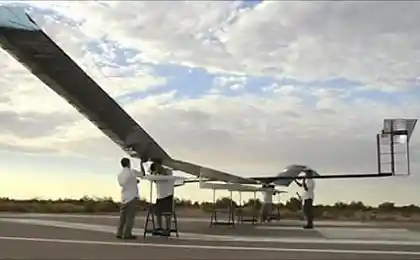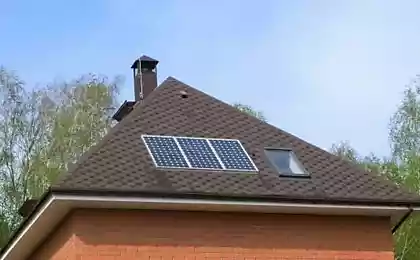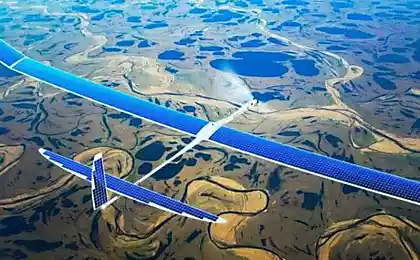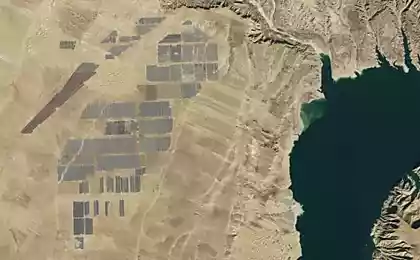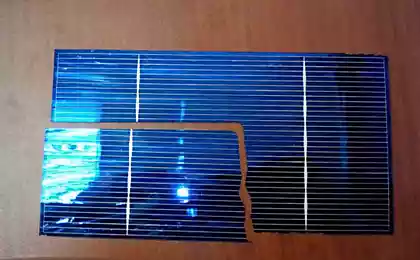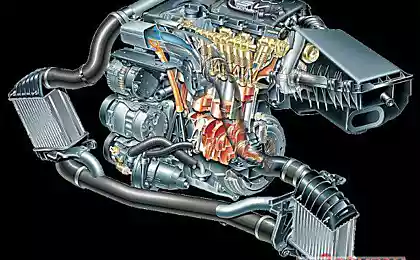383
British drone stayed in the air for 11 nights solar
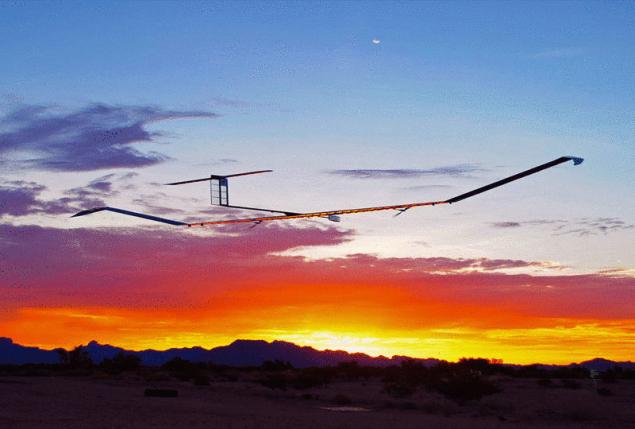
British developers have announced the successful long-flight UAV Zephyr-7. BLAH for 11 days flew without landing in conditions of winter weather entirely by solar panels, which were placed on the wings of Zephyr.
Long non-stop journey through the airspace of the southern hemisphere became possible thanks to the special technology of accumulation and redistribution of energy.
During the day the batteries were charged enough to keep the drone in the desired flight mode.
As the portal defensenews.com referring to the published press release of the developer company, BLAH has an intelligent system that enables night-time support on the go energy at a sufficient level.
From the same press release implies that Zephyr-7 was working at a height of over 23 000 meters. To control the drone out of sight was first used satellite communication, which allowed ground stations to pinpoint the location of the device at any given point in time of its flight.
In addition, the device has successfully coped with the payload, but the weight of the installed load is not reported. The results of testing the unmanned aerial vehicle Zephyr-7 was given the status of the first pseudo with a personal ID PS001.
It is known that the wingspan of this UAV is 23 meters with a maximum weight of 55 kg. this includes and possible payload. Were created ultra-light UAV Zephyr-7 for monitoring of the Earth's atmosphere and its surface, the British defense Corporation QinetiQ. However, the defense Ministry has also expressed interest in the job because of partially funded the project.
Zephyr-7 was already experienced in the summer when daylight was longer, and the weather conditions on the order more favorable for flying. The purpose of this run, according to technical project Director Chris Kelleher, was a confirmation of the ability of the drone to make year-round travel.
Despite the success of the tests the developers are already preparing apparatus of the next generation Zephyr 8 that will provide more advanced battery. The first launch of the updated UAV is scheduled for spring 2015.
Source: zeleneet.com
Rauf Yasit — rubber man, twisting his body into knots
When to plant winter garlic - the experience of growing garlic






